Home>Garden Essentials>Garden Storage>How To Organize A Wardrobe
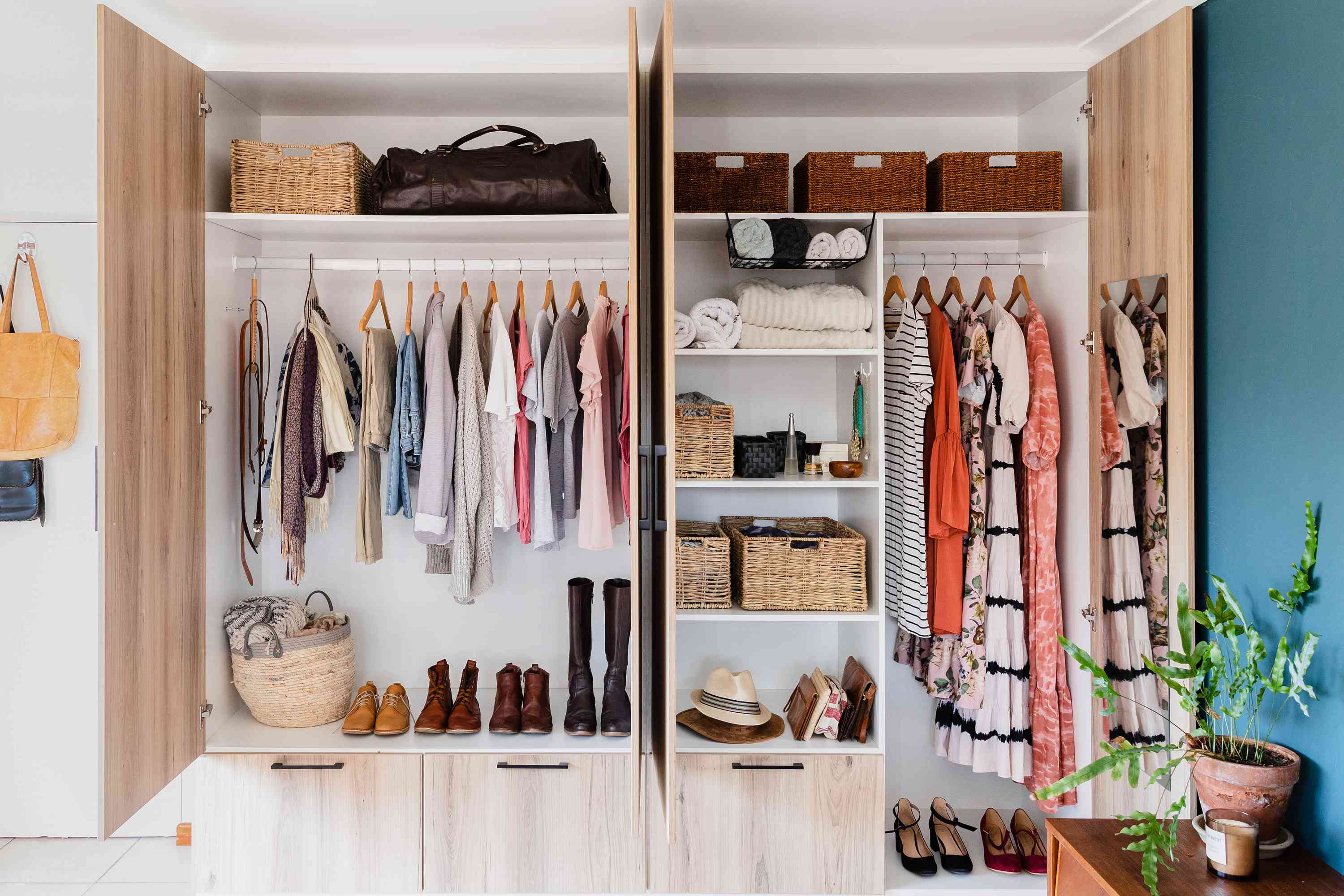

Garden Storage
How To Organize A Wardrobe
Modified: August 29, 2024
Discover the best tips and tricks for organizing your wardrobe and maximizing storage space. Transform your closet into a clutter-free oasis with our expert storage solutions.
(Many of the links in this article redirect to a specific reviewed product. Your purchase of these products through affiliate links helps to generate commission for Storables.com, at no extra cost. Learn more)
Introduction
Having an organized wardrobe not only makes getting dressed a breeze, but it also helps maximize storage space and keeps your clothing in better condition. If you find yourself struggling to locate items or dealing with a cluttered mess every time you open your closet doors, it’s time to take control and get your wardrobe in order.
Organizing your wardrobe may seem like a daunting task, but with a step-by-step approach, you can transform your closet into a functional and visually appealing space. In this article, we will guide you through the process of organizing your wardrobe, from purging unused items to arranging shoes and accessories.
By following these tips and implementing effective storage solutions, you’ll be able to save time, reduce stress, and maintain a well-organized wardrobe for the long term.
Key Takeaways:
- Purge unused items and categorize clothing to create a cohesive and functional wardrobe. Utilize appropriate storage solutions and maintain regularly to keep your space clutter-free and enjoyable to use.
- Maximize hanging space, utilize drawer dividers, and arrange shoes and accessories systematically. Regular maintenance is key to ensuring your wardrobe remains organized and efficient.
Read more: Tips For Building A Budget-Friendly Wardrobe
Purge Unused Items
The first step in organizing your wardrobe is to purge any unused or unnecessary items. Begin by taking everything out of your closet and laying it out on your bed or a clean surface. This will allow you to see everything you have and make decisions more easily.
Start by going through each item and asking yourself if you’ve worn it in the past year. If the answer is no, it’s time to let it go. Be honest with yourself and only keep items that you truly love and wear regularly. Consider donating or selling items that are in good condition but no longer serve you.
As you go through your clothing, also pay attention to items that are damaged or no longer fit properly. There’s no need to hold on to items that are worn out or don’t flatter your body anymore. Letting go of these items will free up space for things you actually enjoy wearing.
Remember, the goal is to create a wardrobe filled with items that you love and that reflect your personal style. Holding on to clutter only hinders your ability to find and enjoy the pieces that truly matter to you.
Once you’ve purged the unused items, take a moment to assess what’s left. Is there a common theme or color palette? This will help you establish a cohesive wardrobe that makes outfit coordination a breeze.
By purging unused and unnecessary items, you will not only declutter your wardrobe but also create space for the items you truly love and wear regularly. It’s a refreshing and liberating feeling to only have clothes that make you feel great every time you wear them.
Assess Your Space
After purging unused items from your wardrobe, it’s time to assess the space you have available. Take a close look at your closet and evaluate its size, layout, and any limitations it may have.
Start by measuring the dimensions of your closet, including the width, height, and depth. This will give you a clear understanding of the space you’re working with and help you choose appropriate storage solutions.
Next, consider the layout of your closet. Are there any shelves, rods, or compartments already in place? Determine how you can optimize the existing layout to maximize storage efficiency.
Additionally, take note of any limitations or challenges posed by your closet. For example, if you have a small reach-in closet, you may need to get creative with storage solutions to fit everything you have. Similarly, if you have a walk-in closet, you may have more space to work with but still need to organize it effectively.
By thoroughly assessing your space, you’ll have a better idea of how to plan and organize your wardrobe. You can tailor your storage solutions to fit your specific needs and make the most of the available space.
Consider using tools like closet design software or online planning tools to visualize different configurations and layout options for your wardrobe. These tools can help you try out different ideas and find the most efficient and aesthetically pleasing arrangement.
Remember, every closet is unique, and what works for someone else may not work for you. Understanding the dimensions and limitations of your space is crucial in order to create an organized and functional wardrobe.
Categorize Clothing
Once you’ve assessed your wardrobe and space, it’s time to categorize your clothing. Categorizing your items will not only make finding specific pieces easier, but it will also help you see your wardrobe as a cohesive collection.
Start by grouping similar items together. For example, create categories for tops, bottoms, dresses, outerwear, and so on. Within each category, further subdivide items by type or purpose, such as t-shirts, blouses, jeans, skirts, and so on.
Consider organizing your clothes by season as well. If you have limited space, you can rotate your seasonal items to make the most of the available space. Store off-season clothing in vacuum-sealed bags or clearly labeled boxes to keep them protected until they are needed again.
When categorizing your items, take the time to assess their frequency of use. Items that are worn more frequently should be easily accessible, while items worn less often can be stored in less accessible areas.
Organizing your clothing by category and usage will not only save you time when getting dressed but will also help you keep track of what you have. It will also help you identify any gaps in your wardrobe so you can make more informed decisions when adding new items.
Consider color-coding your clothing within each category for an extra level of organization. This can make finding specific pieces and creating visually appealing outfits much easier. It also adds a touch of aesthetic appeal to your wardrobe.
By categorizing your clothing, you’ll be able to easily locate specific items, have a clear overview of your wardrobe, and streamline the process of getting dressed every day.
Use Appropriate Storage Solutions
Once you have categorized your clothing, it’s time to find appropriate storage solutions to keep your items organized and easily accessible. Choosing the right storage solutions is essential to make the most of your available space and ensure the longevity of your clothing.
Consider investing in a variety of storage options to accommodate different types of clothing and accessories. Here are some popular storage solutions:
- Hangers: Choose the appropriate hangers for different types of clothing. Use sturdy, wide hangers for coats and jackets to maintain their shape. Velvet hangers are great for delicate items and prevent them from slipping off.
- Shelves and Cubbies: Install shelves or use cube storage units to provide space for folded items, such as sweaters or jeans. Utilize these spaces to display your favorite pieces or keep frequently worn items within reach.
- Drawer Dividers: Use drawer dividers to separate items within drawers. This will prevent them from becoming messy and make it easier to find specific items.
- Clear Bins and Boxes: Utilize clear bins and boxes to store out-of-season clothing, accessories, or items that you don’t use regularly. Clearly label the containers so you can easily identify their contents.
- Under-Bed Storage: Take advantage of the space under your bed by using storage containers designed to fit the available height. These containers are perfect for storing seasonal clothing or extra bedding.
Keep in mind that using appropriate storage solutions is not limited to clothing alone. Consider using specialized accessories for belts, scarves, and jewelry to keep them neatly organized and easily accessible.
It’s important to customize your storage solutions based on your specific wardrobe and needs. Take into account the available space, the quantity of items you have, and the ease of access you desire.
Investing in quality storage solutions will help you maintain the organization of your wardrobe and protect your clothing from damage caused by improper storage.
Remember, the key is to find storage solutions that work for you and your wardrobe, making it easy to keep everything in its place and maintain a clutter-free environment.
Read more: How To Build A Wardrobe Closet
Maximize Hanging Space
One of the most effective ways to optimize your wardrobe storage is to maximize the hanging space available. By utilizing vertical space, you can efficiently store and access a large portion of your clothing.
Here are some tips to help you make the most of your hanging space:
- Double Hanging: Install a second rod or use a hanging organizer to create a double hanging section. This allows you to hang shirts, blouses, and shorter items on the upper rod while maximizing the lower rod for pants, skirts, and longer garments.
- Use Cascading Hangers: Cascading hangers are a great way to maximize vertical space for items like skirts, pants, and scarves. These hangers allow you to hang multiple items on a single hook, saving valuable rod space.
- Invest in Space-Saving Hangers: Opt for slimline hangers that take up less space compared to bulky plastic or wooden hangers. These hangers create a visually appealing and uniform look while maximizing space.
- Hang Accessories: Make use of hooks or hanging organizers to store accessories like hats, belts, and handbags. This keeps them accessible and prevents them from getting tangled or misplaced.
- Group Like Items Together: Arrange your hanging items by category or function. Keep dresses together, blouses together, and so on. This will make finding specific items easier and promote a sense of organization.
Consider using the “one in, one out” rule to maintain a manageable wardrobe. This means that for every new item you purchase, you remove one item. This will help prevent your hanging space from becoming overcrowded and ensure that you only keep items that you truly love and wear.
Don’t forget to leave some breathing room between items on the rod, as tightly packed clothing can become wrinkled and difficult to access. A little extra space allows for easier browsing and selection.
By maximizing your hanging space, you can store a significant portion of your wardrobe in a way that is easily visible and accessible. This not only saves you time when choosing outfits but also keeps your clothing in good condition and free from unnecessary wrinkles.
Use slim, non-slip hangers to maximize space and keep clothes from slipping off. Group similar items together and consider using storage bins or dividers to keep things organized.
Utilize Drawer Dividers
Drawers are a valuable storage space in your wardrobe, but they can quickly become chaotic if not properly organized. To keep your drawers tidy and efficient, it’s important to utilize drawer dividers.
Drawer dividers are essential for separating different items and creating designated spaces for each. Here are some tips for effectively using drawer dividers:
- Consider Your Needs: Assess the types of items you plan to store in each drawer and choose dividers that accommodate those specific items. For example, if you have a drawer dedicated to socks, look for dividers with smaller compartments.
- Create Sections: Divide your drawers into sections based on item type or purpose. This can include separate sections for underwear, socks, accessories, or even folded t-shirts. This will allow you to easily locate and retrieve specific items.
- Adjustable Dividers: Look for dividers that are adjustable or customizable. This way, you can modify the layout of your drawers as your storage needs change over time.
- Use Vertical Dividers: Consider using vertical dividers to maximize the use of space within the drawer. These dividers can create additional compartments for smaller items like jewelry or makeup, making it easy to access and organize them.
- Sort by Color or Style: Within each section, further organize your items by color or style. This will enhance the visual aspect of your drawers and make it easier to find what you’re looking for.
Drawer dividers not only keep your items separated and organized, but they also prevent them from shifting and becoming wrinkled or damaged. They create neat and clearly defined spaces within your drawers, making it easy to maintain order and locate specific items.
When arranging items within the divided sections, utilize vertical folding techniques to maximize space and visibility. This will allow you to see everything at a glance and avoid having to rummage through a messy pile of clothes.
Remember to regularly declutter and reassess the contents of your drawers. Remove any items that no longer serve you or that you no longer wear. This will help maintain an organized and efficient storage system.
By utilizing drawer dividers, you can transform your chaotic drawers into well-organized spaces that make finding and accessing your clothing a breeze.
Fold and Stack Efficiently
Folding and stacking your clothing properly is key to maximizing your wardrobe storage and keeping items neat and accessible. By employing efficient folding techniques, you can make the most of your drawer or shelf space. Here are some tips for folding and stacking your clothing:
- Organize by Category and Size: Before folding, group your clothing by category and size. This will make it easier to locate specific items and maintain a sense of order when stacking them.
- Utilize Folding Methods: Use folding methods that are space-saving and prevent items from wrinkling. Techniques like the Marie Kondo method or the KonMari fold can be effective for t-shirts, sweaters, and other soft fabrics.
- Stack Vertically: Instead of piling items on top of each other horizontally, stack them vertically. This allows you to see each item in the stack and easily access the one you want without disturbing the rest.
- Avoid Overstuffing: Avoid cramming too many items into a single stack. Overstuffing can lead to wrinkles and make it difficult to remove specific items without causing a mess. It’s better to create multiple smaller stacks within a drawer or on a shelf.
- Consider Storage Containers: If you have limited shelf space, consider using storage containers that can be easily stacked. These containers will help keep similar items together and prevent them from becoming disorganized over time.
- Store Clothing Upright: For bulkier items such as jeans or sweatshirts, consider storing them upright instead of folding them. This saves space and makes it easier to see and access each item.
When stacking your folded clothing, start with the largest and heaviest items at the bottom and gradually work your way up to the lighter and smaller items. This ensures stability and prevents items from toppling over.
Remember to leave some space between stacks to prevent them from becoming too tightly packed. This allows for easier retrieval and minimizes the chances of creating a messy pile when trying to remove a specific item.
Periodically review your folded stacks and reorganize them as needed. Remove any items that no longer fit or that you no longer wear, and consider adjusting the stack sizes based on the quantity of each item category.
By folding and stacking your clothing efficiently, you’ll make the most of your available space, keep your items neatly organized, and streamline the process of finding and selecting outfits.
Arrange Shoes and Accessories
Properly arranging and organizing your shoes and accessories is essential to create a well-structured and functional wardrobe. By implementing effective storage solutions and arranging them in a systematic manner, you can easily locate and maintain the condition of your favorite items. Here are some tips for arranging your shoes and accessories:
- Shoe Storage: Use shoe racks, shelves, or clear shoe boxes to organize your shoes. Consider grouping them by type (e.g., heels, flats, sneakers) or usage frequency. This will make it easier to find the pair you’re looking for and prevent damage caused by improper storage.
- Utilize Door Hangers: Maximize space and keep your shoes easily accessible by utilizing over-the-door shoe organizers. These organizers can be hung on the back of your closet or bedroom doors, allowing you to create additional shoe storage without taking up floor or shelf space.
- Jewelry and Accessories: Utilize jewelry organizers, trays, or hooks to store and display your accessories. Hang necklaces on hooks, use compartments for earrings and rings, and keep bracelets and watches in designated trays. This will prevent tangling and make it easier to see and access your favorite pieces.
- Belt and Tie Organizers: Use belt and tie organizers to keep these accessories neatly arranged and easily accessible. Hang belts on hooks or use dedicated belt hangers, and consider using hangers with built-in tie racks or storage compartments for ties.
- Purse Storage: Store your purses and handbags in an organized fashion, either by hanging them on hooks, using shelf dividers, or utilizing specialty purse organizers. Stuff larger bags with paper or bubble wrap to help them maintain their shape while in storage.
When arranging your shoes and accessories, consider the frequency of use and accessibility. Items that you use daily or frequently should be easily reachable, while items that you use less often can be stored in less accessible spaces.
Take the time to declutter your accessories regularly. Remove items that you no longer wear or that are damaged beyond repair. This will help keep your collection organized and prevent it from becoming overwhelming.
Additionally, consider visually arranging your accessories. Align shoes neatly facing forward, display jewelry in an aesthetically pleasing way, and arrange purses by size, color, or style. This adds a touch of elegance to your wardrobe and makes it a visually appealing space.
By arranging your shoes and accessories in a systematic and organized manner, you’ll be able to find what you need quickly, extend the lifespan of your items, and enhance the overall functionality and aesthetics of your wardrobe.
Maintain Regularly
Organizing your wardrobe is not a one-time task; it requires regular maintenance to ensure that your space remains tidy and functional. By implementing consistent habits and routines, you can keep your wardrobe organized and prevent it from becoming cluttered again. Here are some tips for maintaining your wardrobe regularly:
- Declutter Seasonally: Set aside time every season to declutter and reassess your wardrobe. Take inventory of your clothing, accessories, and shoes, and remove any items that no longer fit or that you no longer wear. This will prevent your wardrobe from becoming overcrowded and make it easier to keep things organized.
- Put Things Back in Place: Develop a habit of putting items back in their designated spots after use. Resist the temptation to throw clothes on a chair or leave accessories lying around. By immediately returning items to their proper places, you can maintain order and prevent clutter from accumulating.
- Regularly Dust and Clean: Keep your wardrobe clean and dust-free by regularly wiping down shelves, vacuuming drawers, and using a gentle cloth to remove dust from clothing and accessories. This will not only keep your items in better condition but also make your wardrobe feel fresh and inviting.
- Rotate Seasonal Items: When seasons change, rotate your clothing accordingly. Store off-season items in labeled boxes or vacuum-sealed bags to free up space and keep them protected until they are needed again. This allows you to focus on the clothes appropriate for the current season and maintain a clutter-free space.
- Reassess Storage Solutions: Over time, your storage needs may change. Regularly assess the effectiveness of your storage solutions and make adjustments as necessary. Perhaps you need to purchase additional hangers, dividers, or bins to accommodate new items or reorganize existing ones more efficiently.
- Stay Consistent: Establish a routine for organizing and maintaining your wardrobe. Dedicate a set time each week or month to tidy up your space, reorganize if needed, and remove any items that no longer serve a purpose. Consistency is key to maintaining an organized wardrobe.
Remember, maintaining an organized wardrobe is an ongoing process that requires commitment and regular attention. By incorporating these habits into your routine, you can ensure that your wardrobe remains functional, clutter-free, and a joy to use.
Conclusion
An organized wardrobe brings numerous benefits to your daily life. By following the steps outlined in this article, you can transform your cluttered and chaotic closet into a well-organized and functional space.
Start by purging unused items and assessing your space to understand its limitations. Categorize your clothing and utilize appropriate storage solutions such as hangers, shelves, dividers, and clear bins. Maximize your hanging space and make use of drawer dividers to keep items separated and easily accessible.
Ensure that you fold and stack your clothing efficiently to save space and maintain the condition of your garments. Arrange your shoes and accessories using storage solutions that suit their specific needs. And finally, commit to maintaining your organized wardrobe by decluttering regularly, putting items back in their proper place, and staying consistent with your organization routine.
An organized wardrobe not only simplifies your daily routine but also saves you time and reduces stress when getting dressed. It allows you to easily find items, coordinate outfits, and take better care of your clothing and accessories.
Remember, organizing your wardrobe is a journey, not a destination. It requires ongoing maintenance to ensure that it remains clutter-free and functional. Embrace the process, enjoy the benefits of an organized wardrobe, and continually make adjustments as needed.
With determination, time management, and the tips provided in this article, you can transform your wardrobe into a well-organized haven that reflects your personal style and makes your everyday life more efficient and enjoyable.
Frequently Asked Questions about How To Organize A Wardrobe
Was this page helpful?
At Storables.com, we guarantee accurate and reliable information. Our content, validated by Expert Board Contributors, is crafted following stringent Editorial Policies. We're committed to providing you with well-researched, expert-backed insights for all your informational needs.
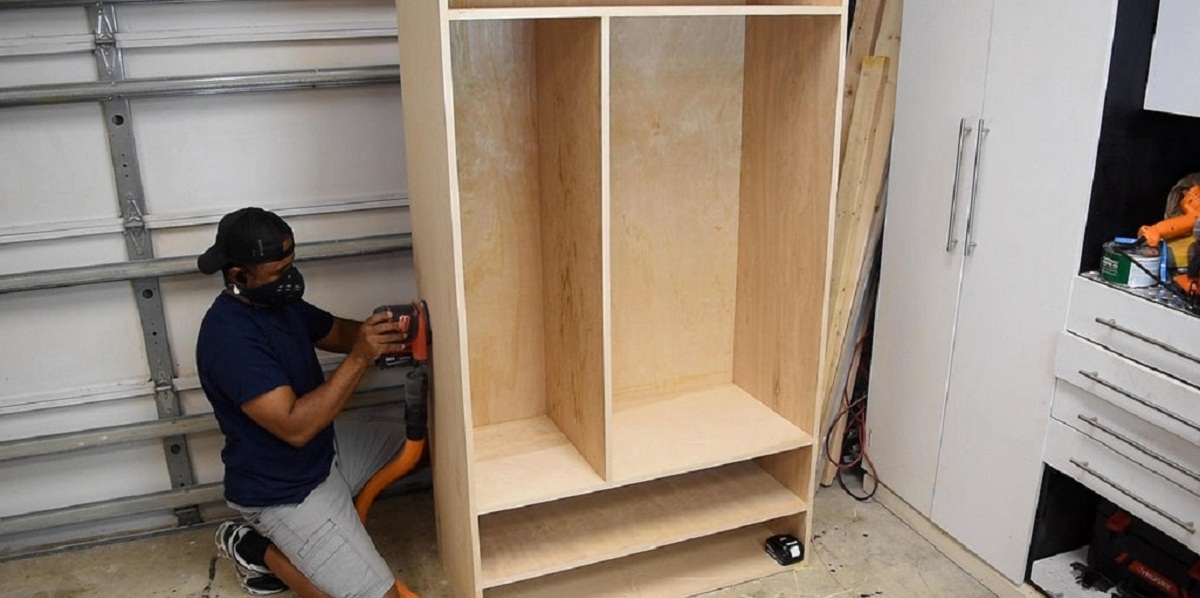
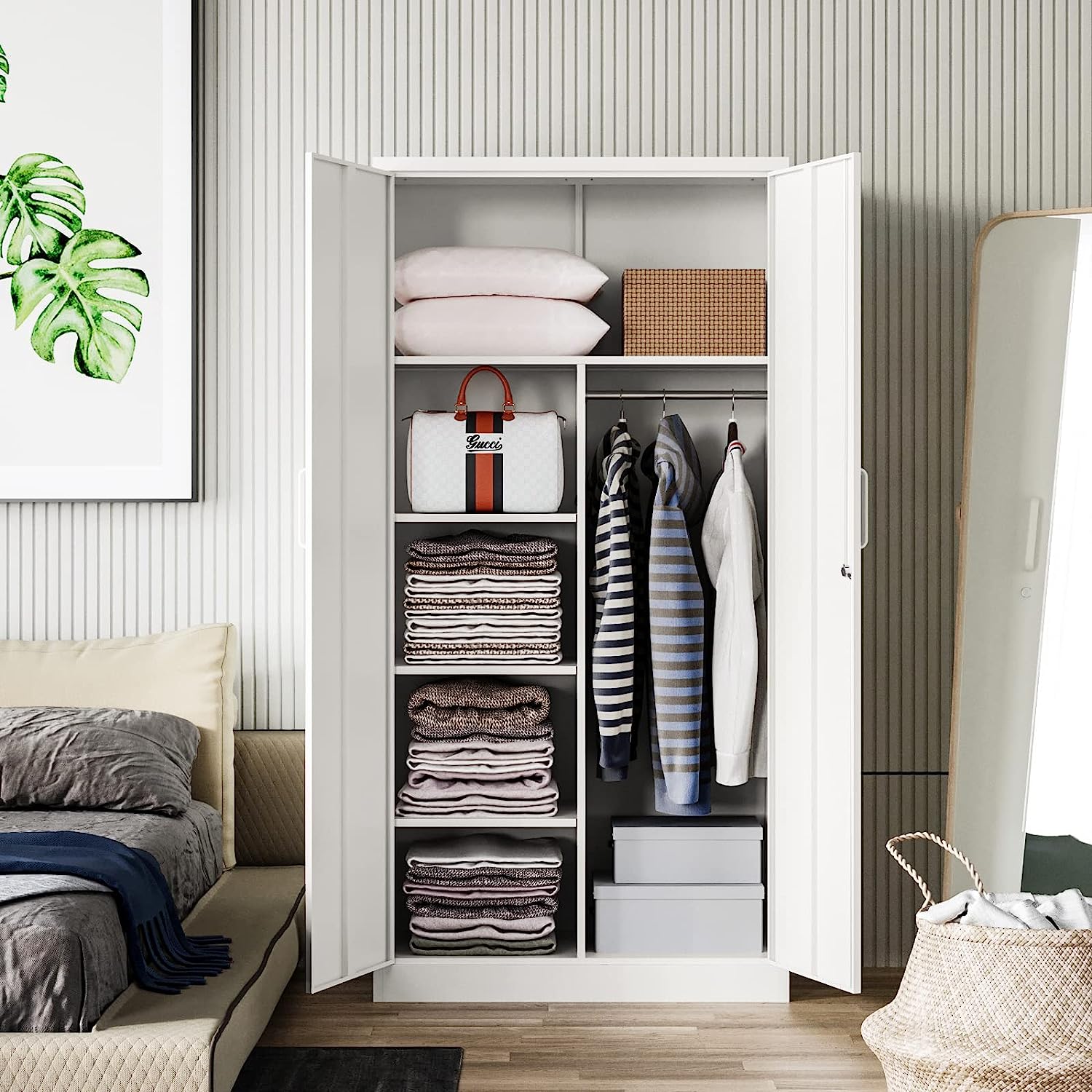
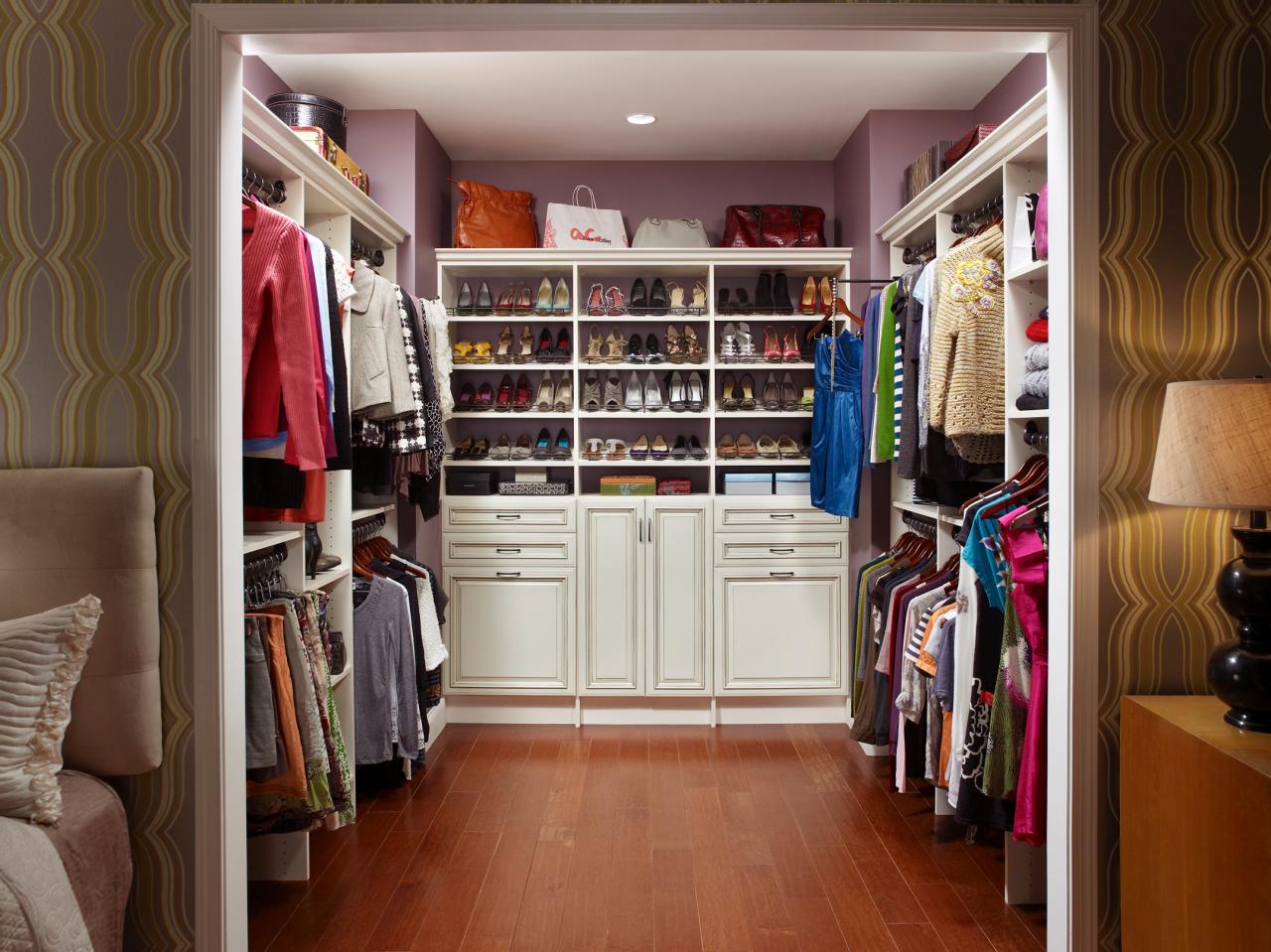
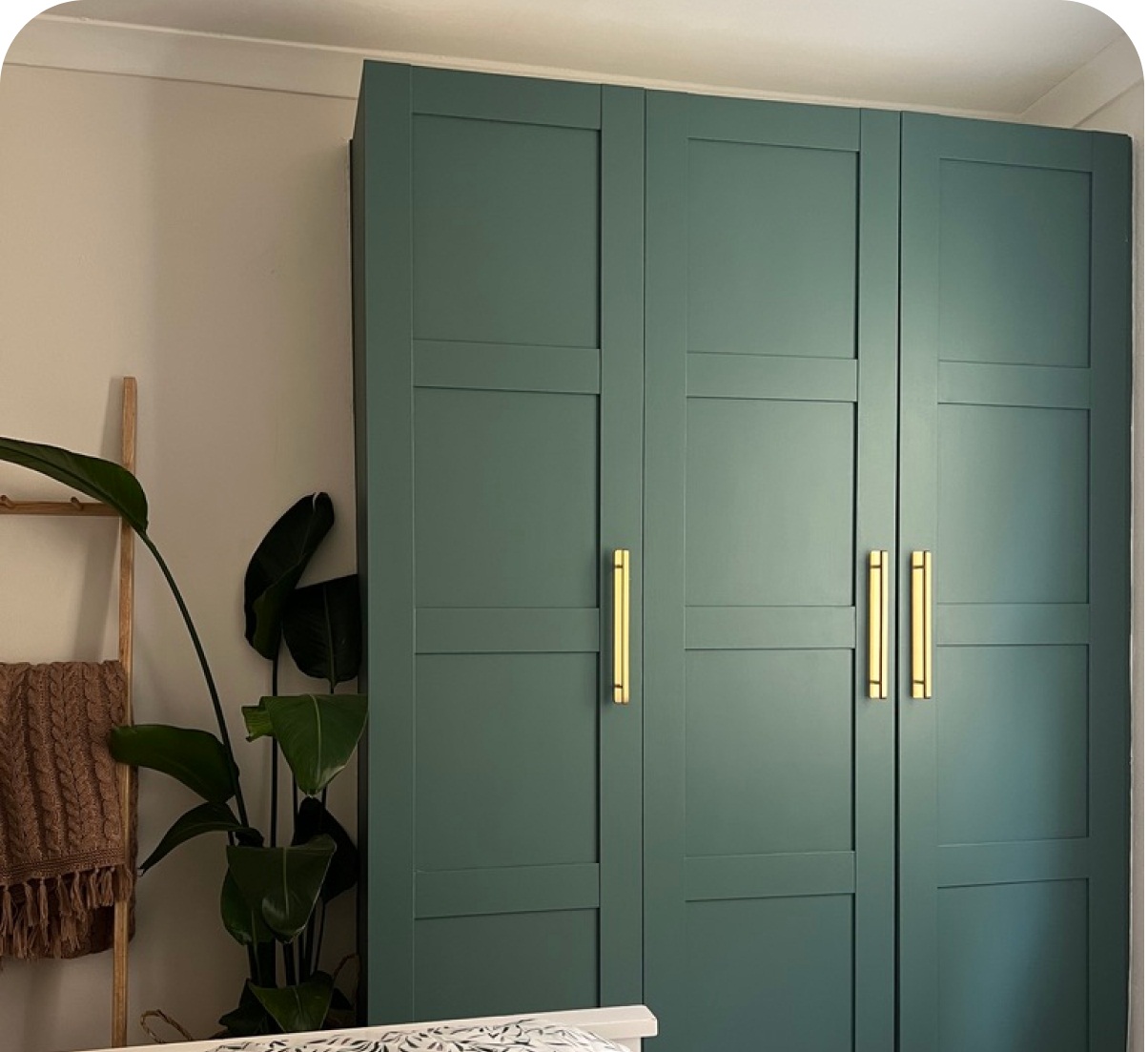
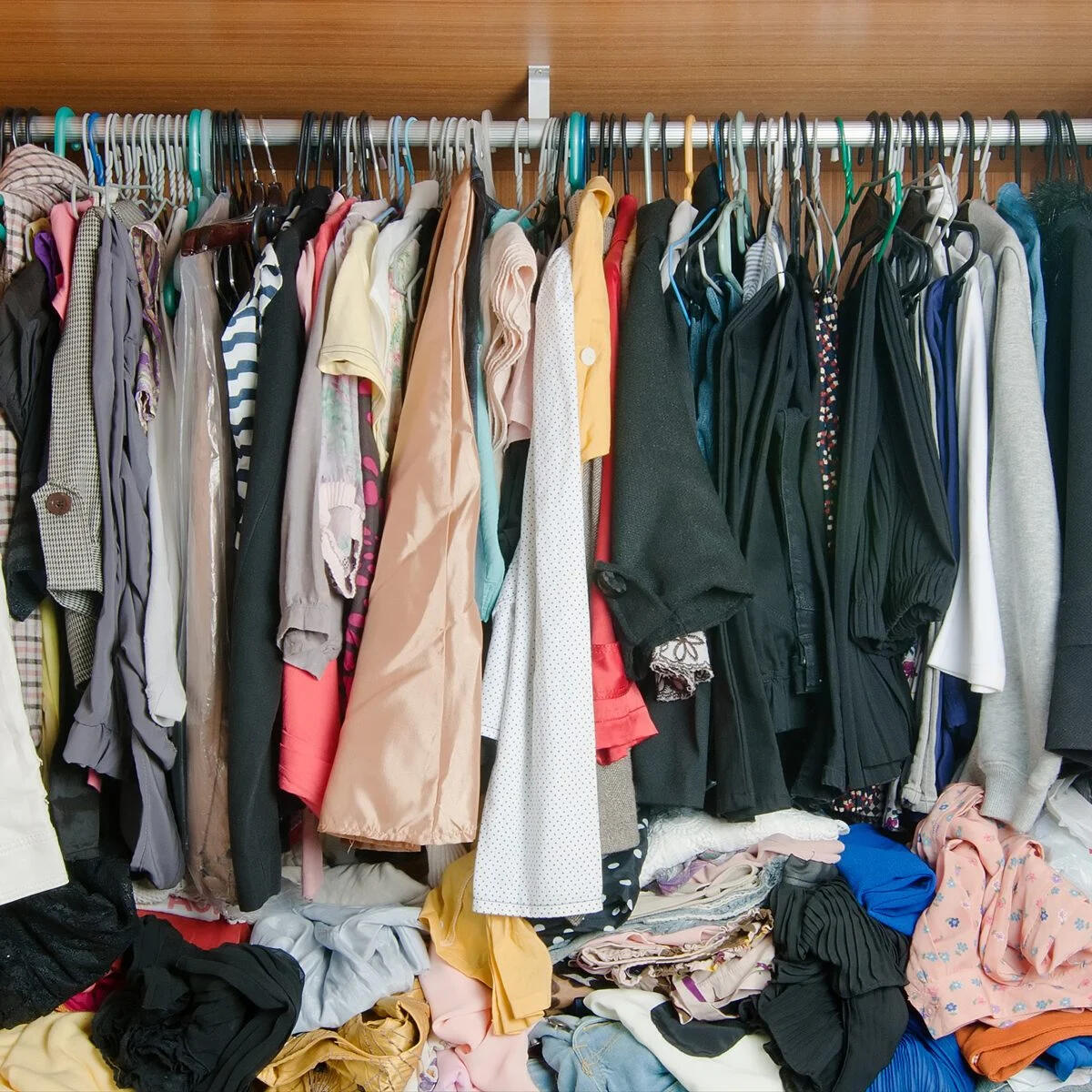
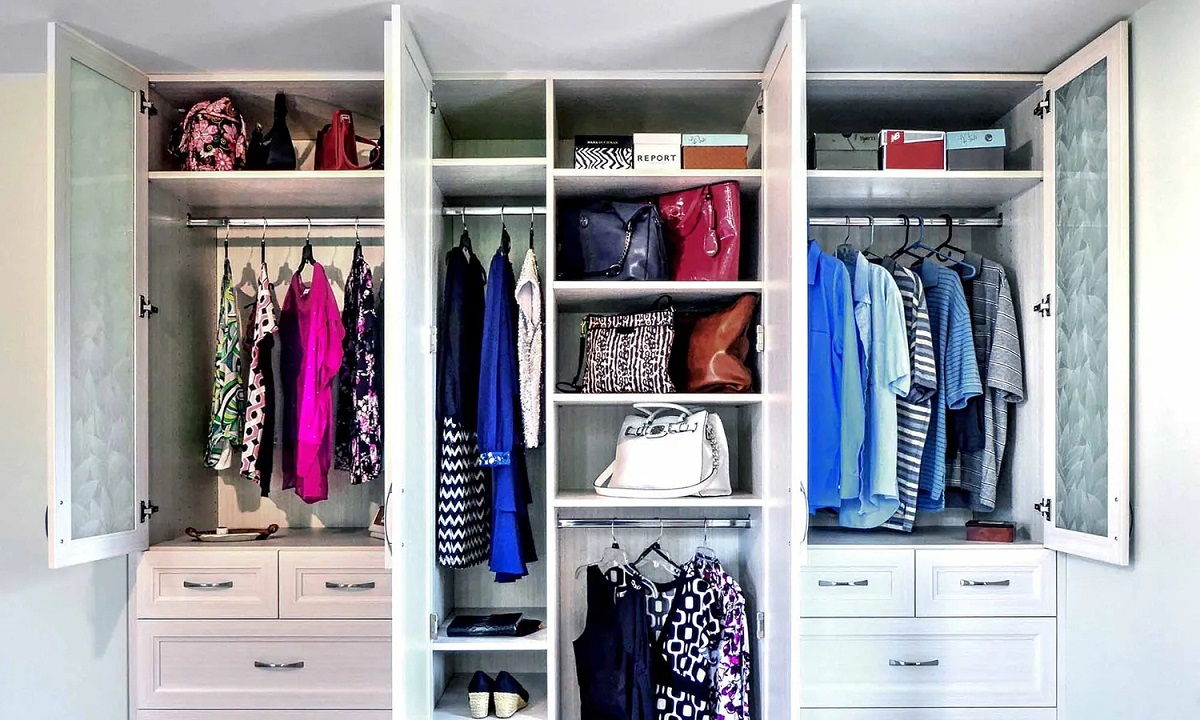

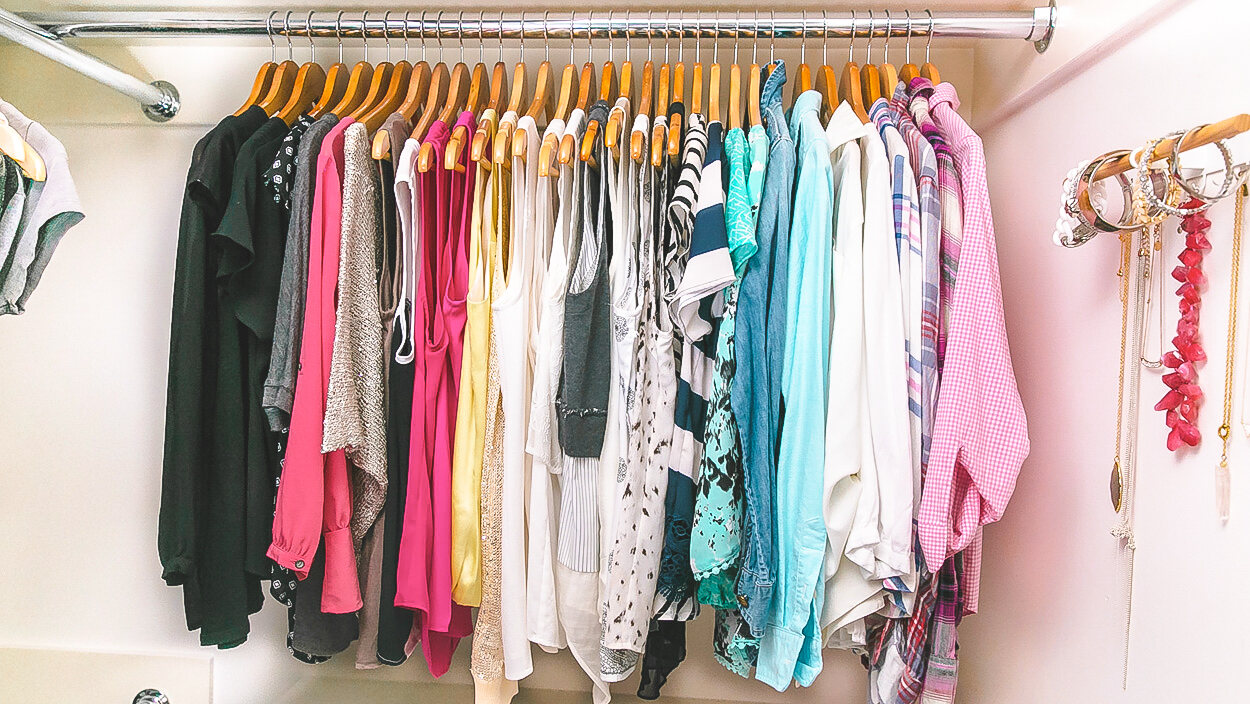
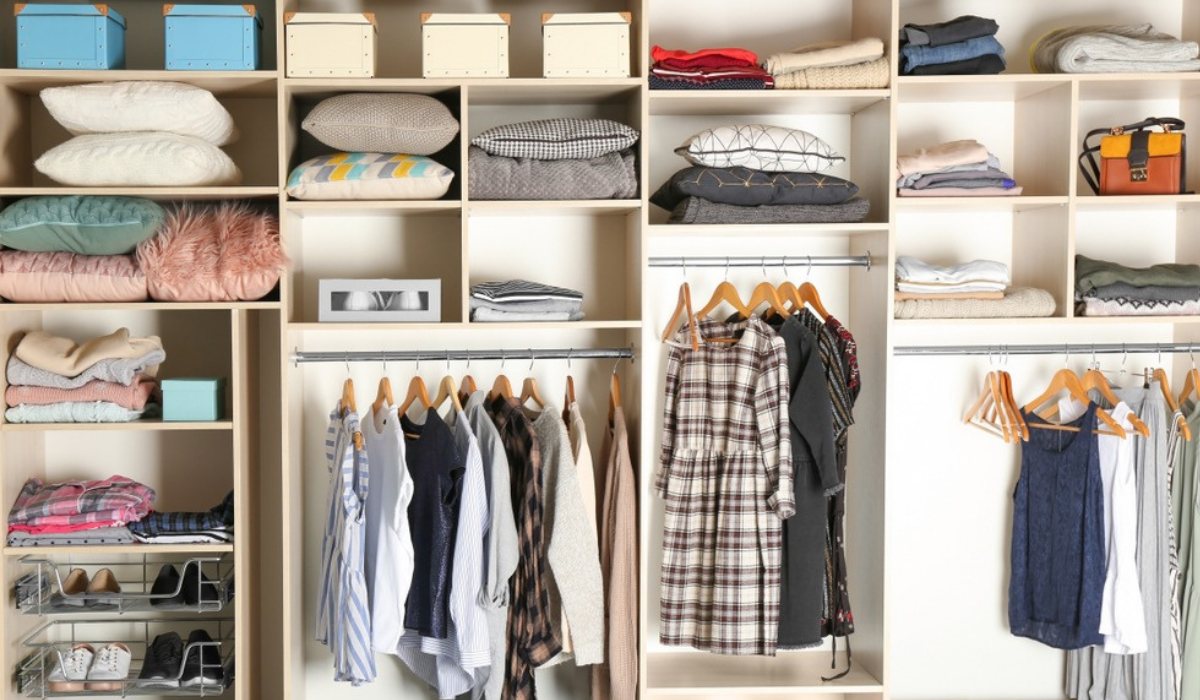
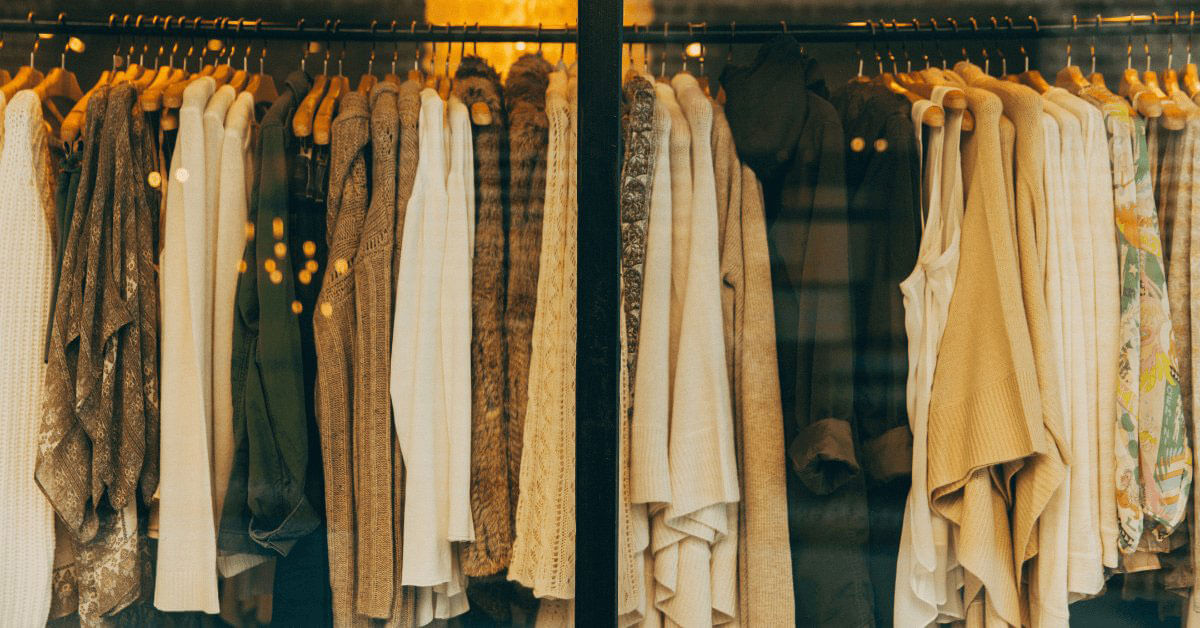
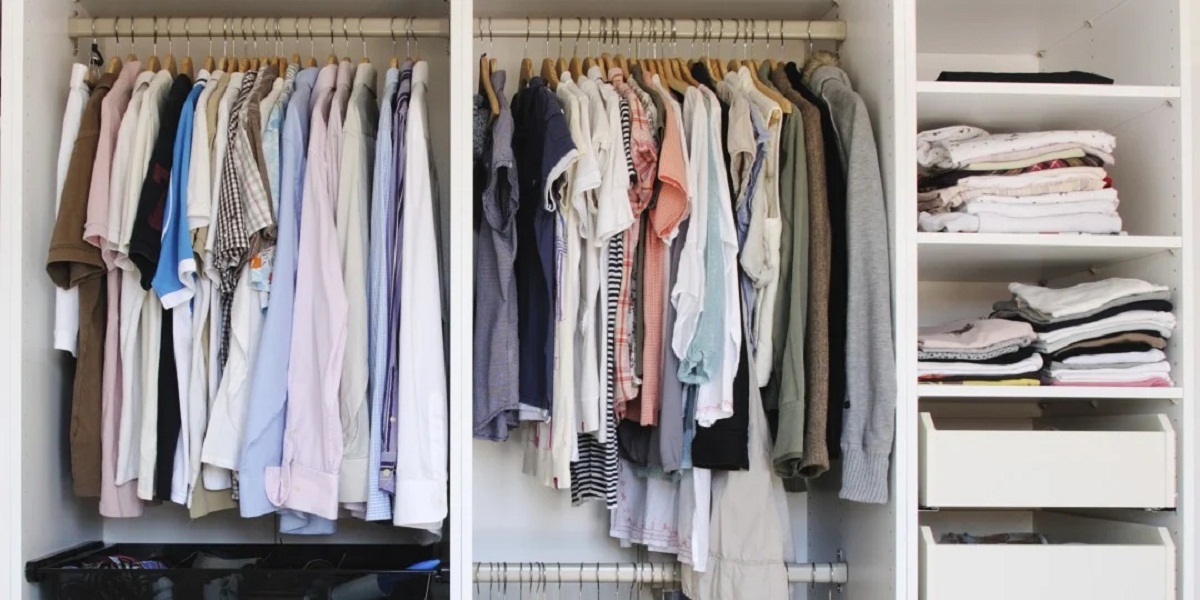
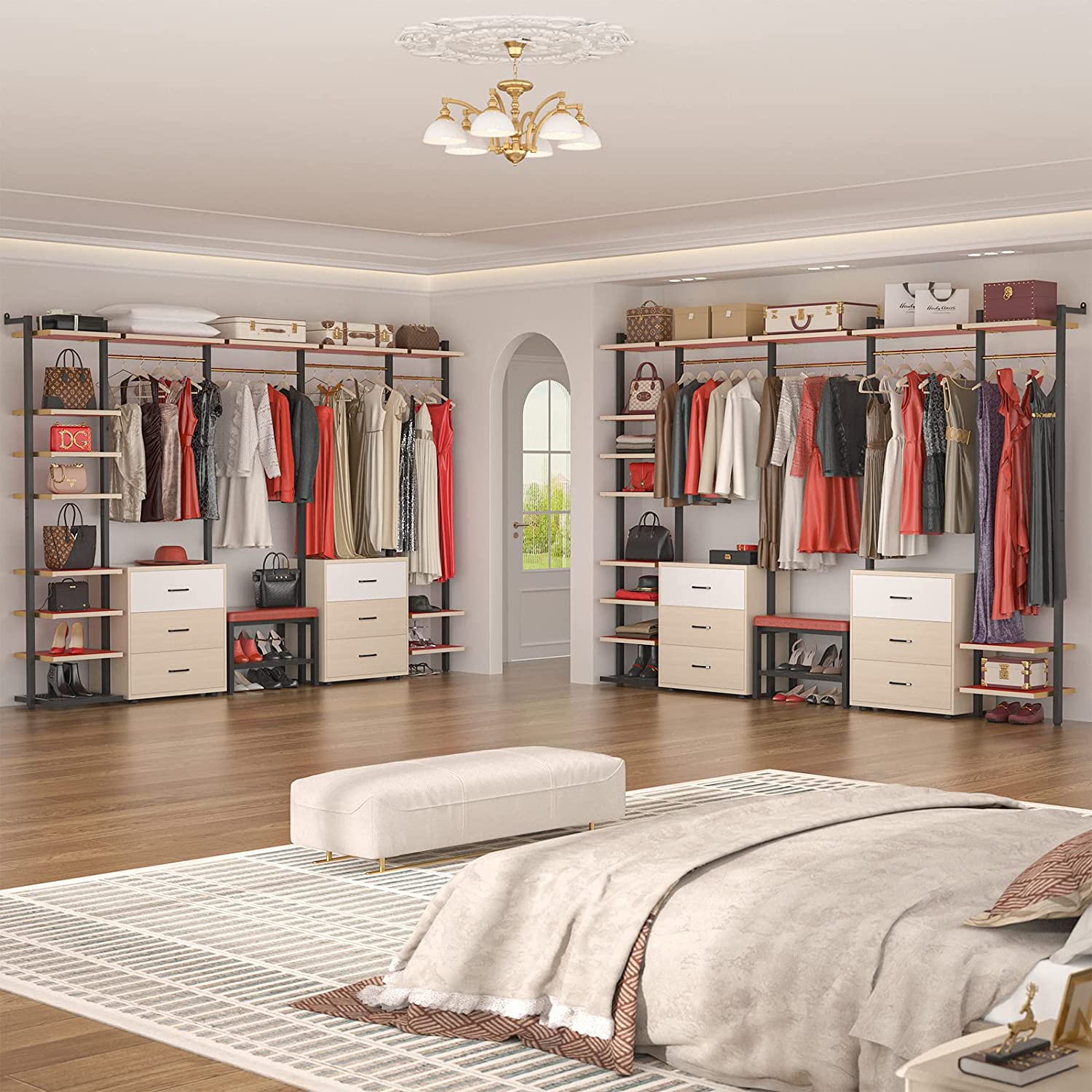
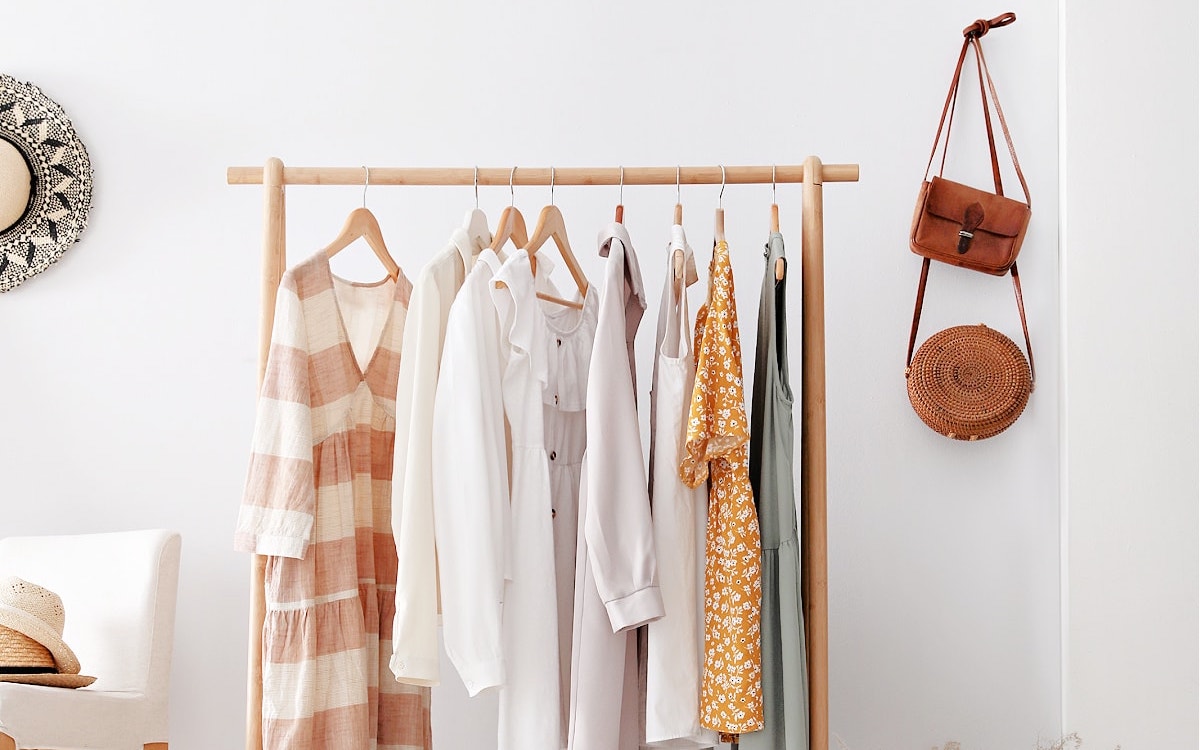

0 thoughts on “How To Organize A Wardrobe”